We caught up with the brilliant and insightful Ateeb Afzal a few weeks ago and have shared our conversation below.
Ateeb, appreciate you joining us today. We’d love to hear the backstory behind a risk you’ve taken – whether big or small, walk us through what it was like and how it ultimately turned out.
The first time STEM2Youth ever ran a workshop, it was supposed to be simple: me and my four co-founders, Max, Shan, Akhil, and Dany, teaching kids the basics of physics with a popsicle sticks activity at the Reston Library. Prior to the event, we’d printed flyers, prepped lesson plans, and imagined the room filled with students.
Nobody showed up.
That’s the kind of silence that can kill an idea before it even breathes. We could’ve left it there, five teens with boxes of materials and a dream that clearly wasn’t big enough yet. But instead, we partnered with another local nonprofit the next weekend for a two week program. We simplified the sign-up process, made it completely free, and re-framed it as a hands-on STEM program.
That Saturday, 60 kids packed the library room. I remember looking at Dany as we awed at the chaos (broken and half-glued catapults, kids arguing over Newton’s Third Law, marbles in the air) and realizing that this was what service actually looked like: messy and real.
Since then, we have grown into seven chapters across the U.S., taught more than 700 students, raised $2,400+ for scholarships, and earned recognition from the Virginia Department of Education.
Our risk wasn’t trying something new, it was believing that something so small could matter. Every time I see a new chapter start up in another state, I think back to that empty library room. That’s where it all began.
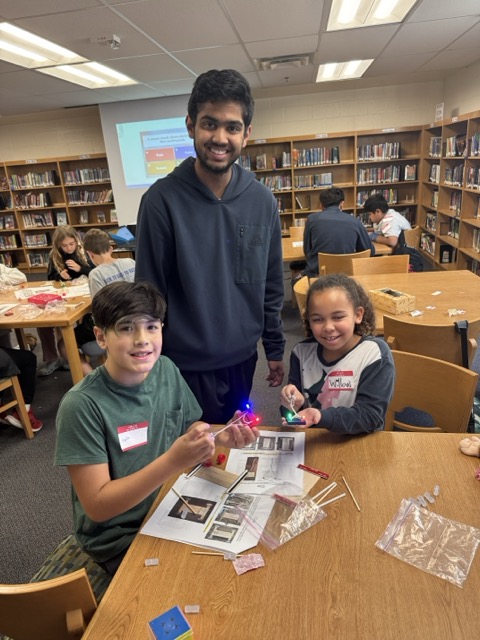
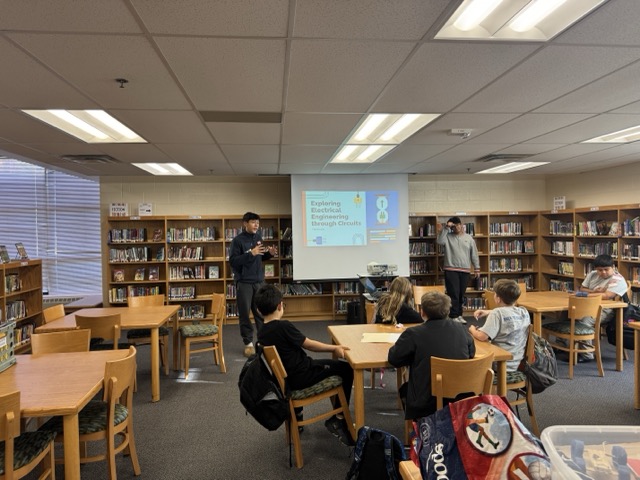
As always, we appreciate you sharing your insights and we’ve got a few more questions for you, but before we get to all of that can you take a minute to introduce yourself and give our readers some of your back background and context?
I’ve always liked building things that feel a little too ambitious to work. Growing up in Dubai, I didn’t have too many ways to explore STEM beyond YouTube videos or tinkering on my own with cardboard and other stuff lying around. It wasn’t until I moved to the U.S. that I got my first real taste of STEM research: a ninth-grade science fair project testing how turbine blade length affects voltage output. The project didn’t win much, but I walked away hooked.
By junior year, I went all in; I designed a CFD-based aerodynamic optimization for the GOE 387 airfoil and ended up presenting at the FCPS Regional Science Fair. Around the same time, I was helping elementary students at Terraset bring their car sketches to life through CAD modeling as part of my STEM Engineering HN class. Watching them get excited over something they made, reminded me of myself and how much I would have appreciated similar opportunities. That’s when the idea for STEM2Youth clicked.
I co-founded the 501(c)(3) with a few close friends (Max, Shan, Akhil, and Dany) to create something we wish we had growing up: a place where students can learn STEM by building, not memorizing. Our workshops use project-based learning aligned with Virginia’s Standards of Learning, so every project, from popsicle bridges to Arduino cars, teaches problem-solving through creativity.
We’ve built strong partnerships, like our fall program at Lake Anne Elementary and participation in Pinebrook Elementary’s STEAM Fair, where we’ll be showcasing interactive exhibits around aerospace and design. What makes me proudest, though, is that STEM2Youth isn’t just about teaching, it’s about passing it forward. Students don’t just attend; they lead, teach, and start new chapters.
That’s how we connected with Jake, a student from New York who found us online. He reached out, wanting to bring our approach to Manhattan. Within weeks, he had built a small but passionate chapter, the kind of initiative we want every student to feel empowered to take.
We’re also expanding our Senior Scholarship Fund, which helps graduating high school students cover college expenses. Every small contribution and application fee helps the fund grow toward our goal of $10,000, (we’ve raised around $2,400 so far) divided across three awards: $5,000, $3,000, and $2,000. It’s not about the numbers; it’s about creating something that lasts: ‘built by students, for students.’
STEM2Youth has become a space where learning turns into leadership, and that’s exactly the kind of community we want to keep building. Visit them at stem2youth.org.
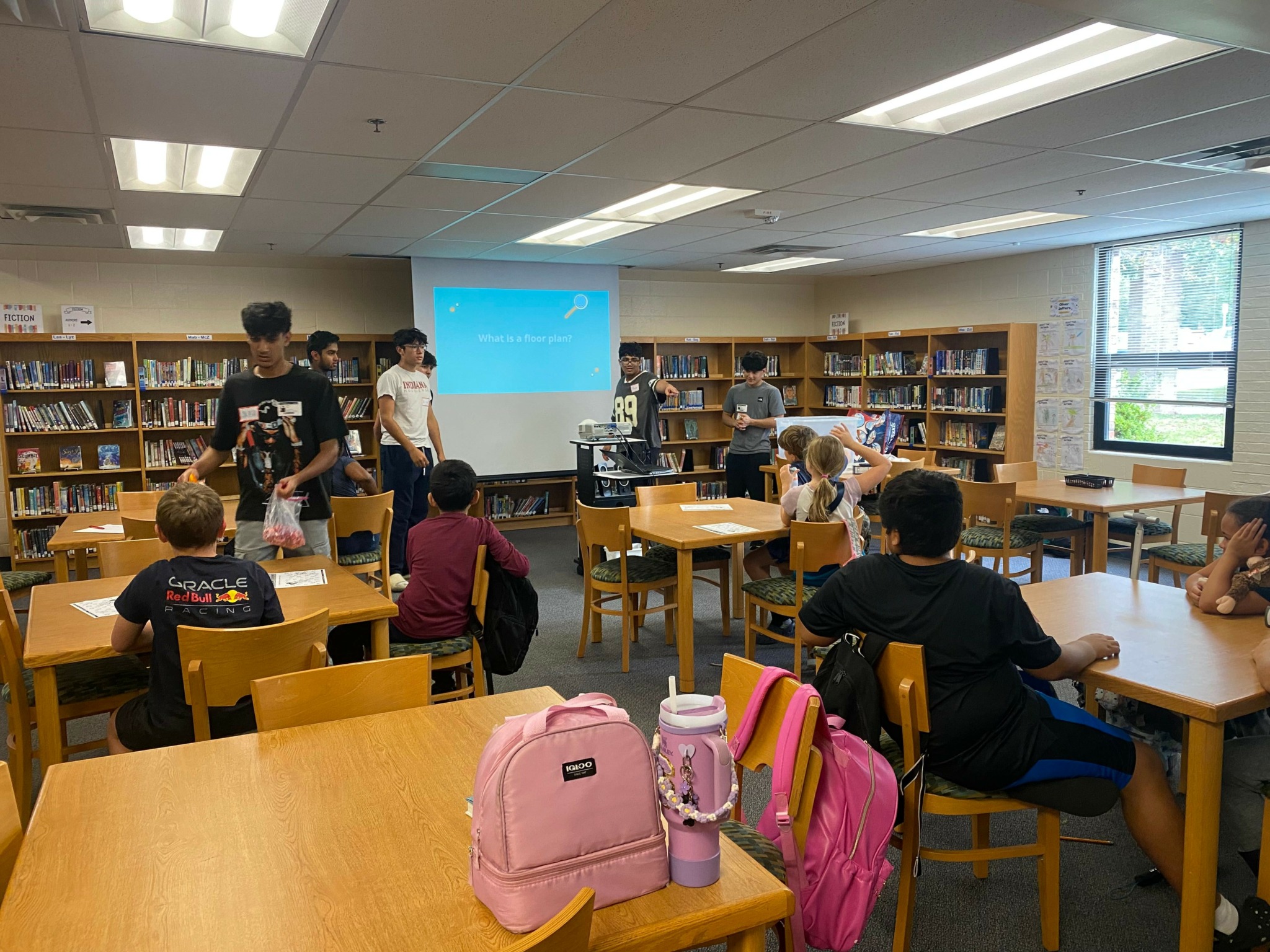
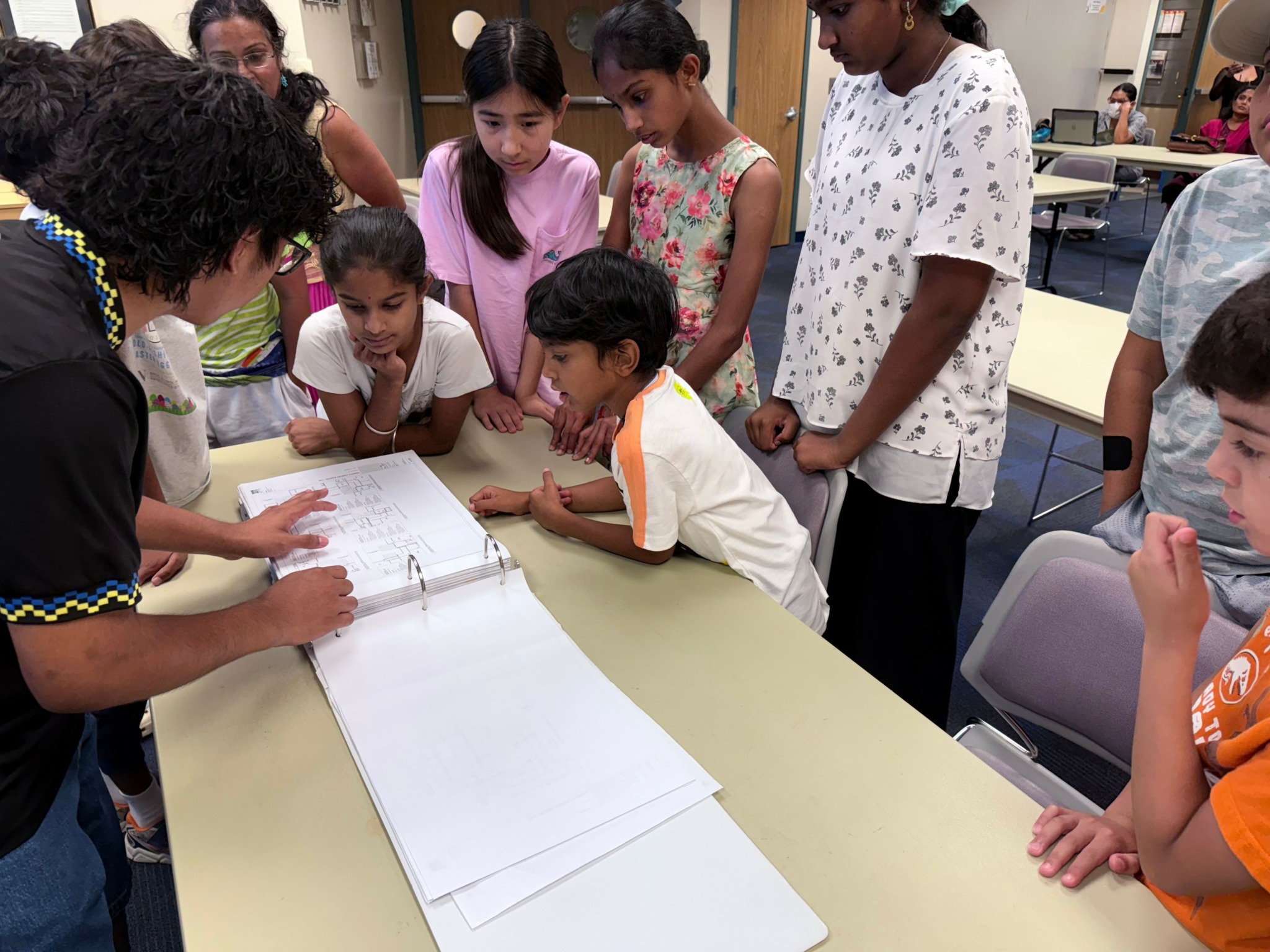
Can you share a story from your journey that illustrates your resilience?
Resilience for me had always been about repetitions, not cinematic comebacks.
The best example was my first high school science fair. The project was simple, but we gave it our all: testing how wind turbine blade length affects voltage output. I’d just moved from Dubai a year ago, where science fairs were unheard off, so this was my first real shot at building something big from scratch. I spent hours designing blades in CAD, rewiring motors, and collecting data that barely made sense (our hypothesis not only got rejected, but the experiment itself showed results that went against physics). I didn’t win. But what I did learn was that persistence is built one (late night) at a time.
I tried and tried till I came back with a new project junior year: a CFD-based optimization of chord length and lift-to-drag ratio for the GOE 387 airfoil. I ended up advancing to the FCPS Regional Science Fair. The difference wasn’t luck, it was patience and hard-work.
That same mindset carried into STEM2Youth. Our first ever session? Total flop. The five of us could’ve stopped there, but we didn’t. Now we’re operating in multiple states and teaching hundreds of students.
I realize resilience wasn’t one big turning point. It was just choosing to keep showing up, even when the room was empty.

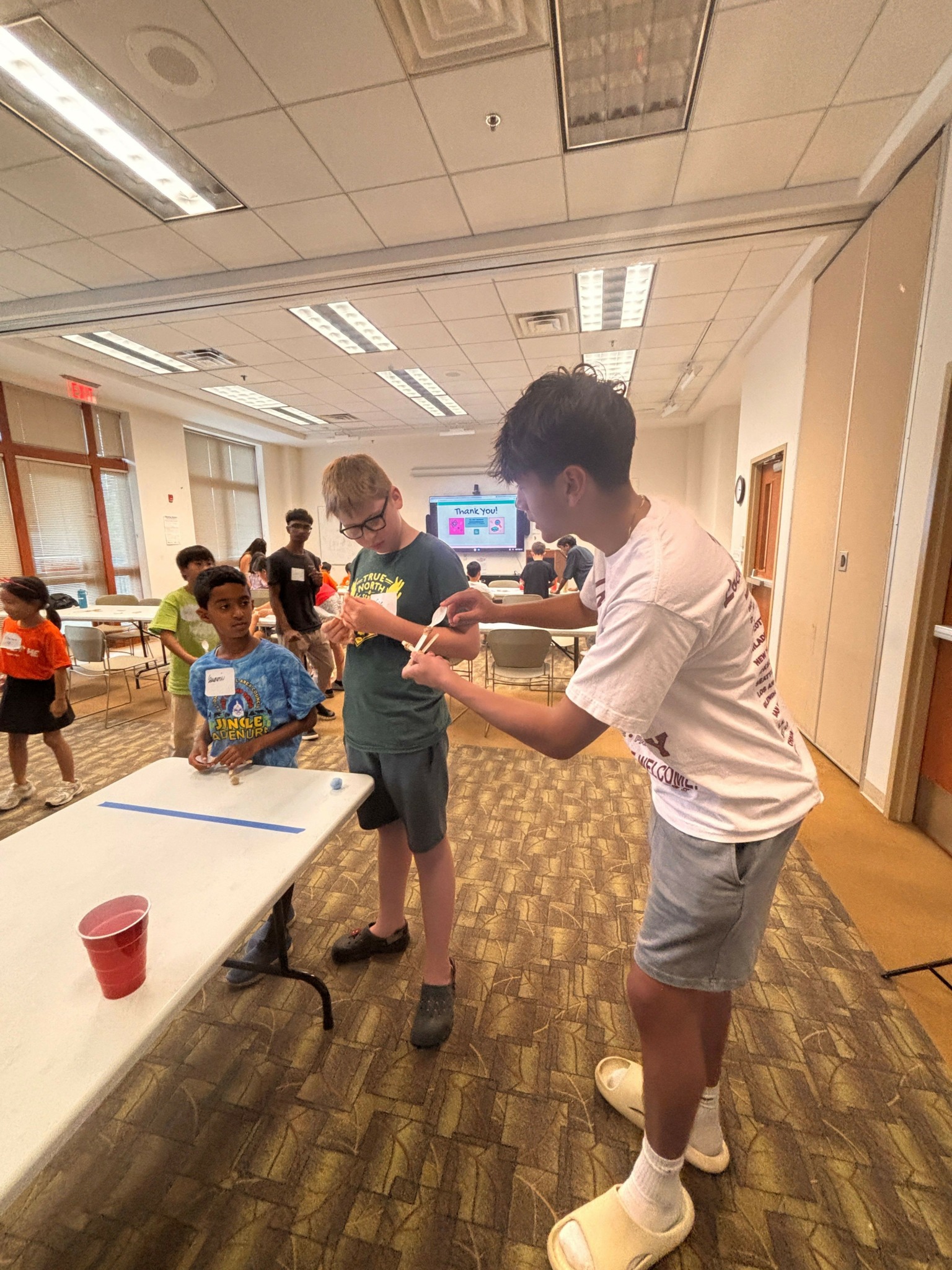
Learning and unlearning are both critical parts of growth – can you share a story of a time when you had to unlearn a lesson?
Leadership has always been portrayed as stepping up or being the loudest person in the room, the one with all the answers. For a while, that’s how I approached it, but I’ve learned that isn’t necessarily true.
My journey of becoming aware started in 8th grade, after-school with the robotics club. As the lead, I had the tendency to, during time crunches, jump to solutions before my teammates finished explaining their ideas. It wasn’t out of arrogance, I just wanted things done faster. But that approach killed creativity.
When we started STEM2Youth, I knew there was no room for that habit. It was either that or progress. Leading a team of co-founders, volunteers, and chapters meant balancing dozens of ideas and problems at once.
But paired with other experiences, I’ve realized leadership isn’t obtrusive, rather it’s giving others the space they need, and trusting the process.
Once I stepped back, the robotics club started to feel alive. Even STEM2Youth’s programs became more engaging, and our community became stronger.
Now, when I lead, I try to listen first; and what I’ve noticed is that the best ideas usually come from the quietest corners, you just have to make enough room for them to speak.
Contact Info:
- Website: https://stem2youth.org
- Instagram: @stem2youth
- Linkedin: https://www.linkedin.com/in/ateeb-a-056841274
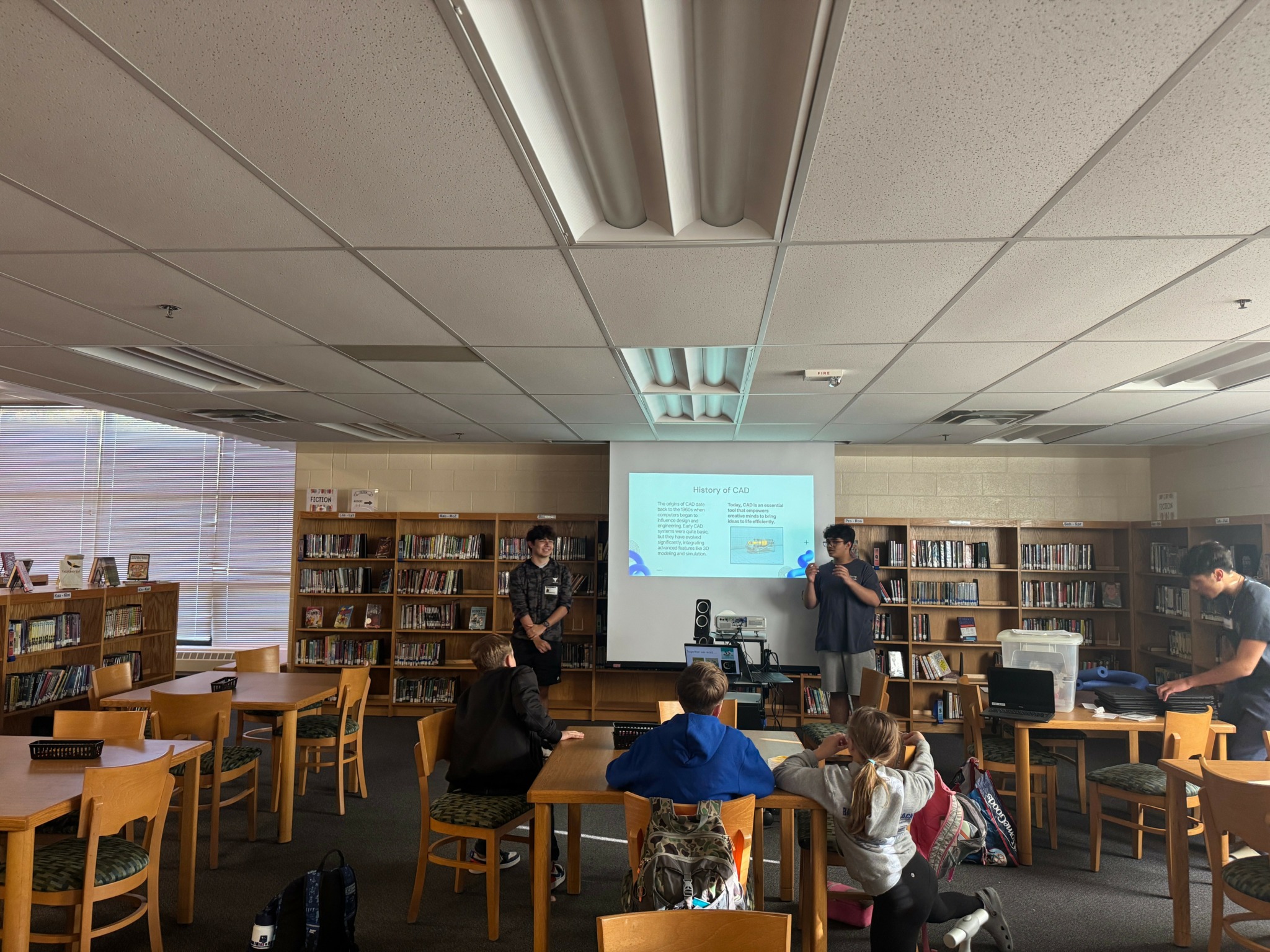
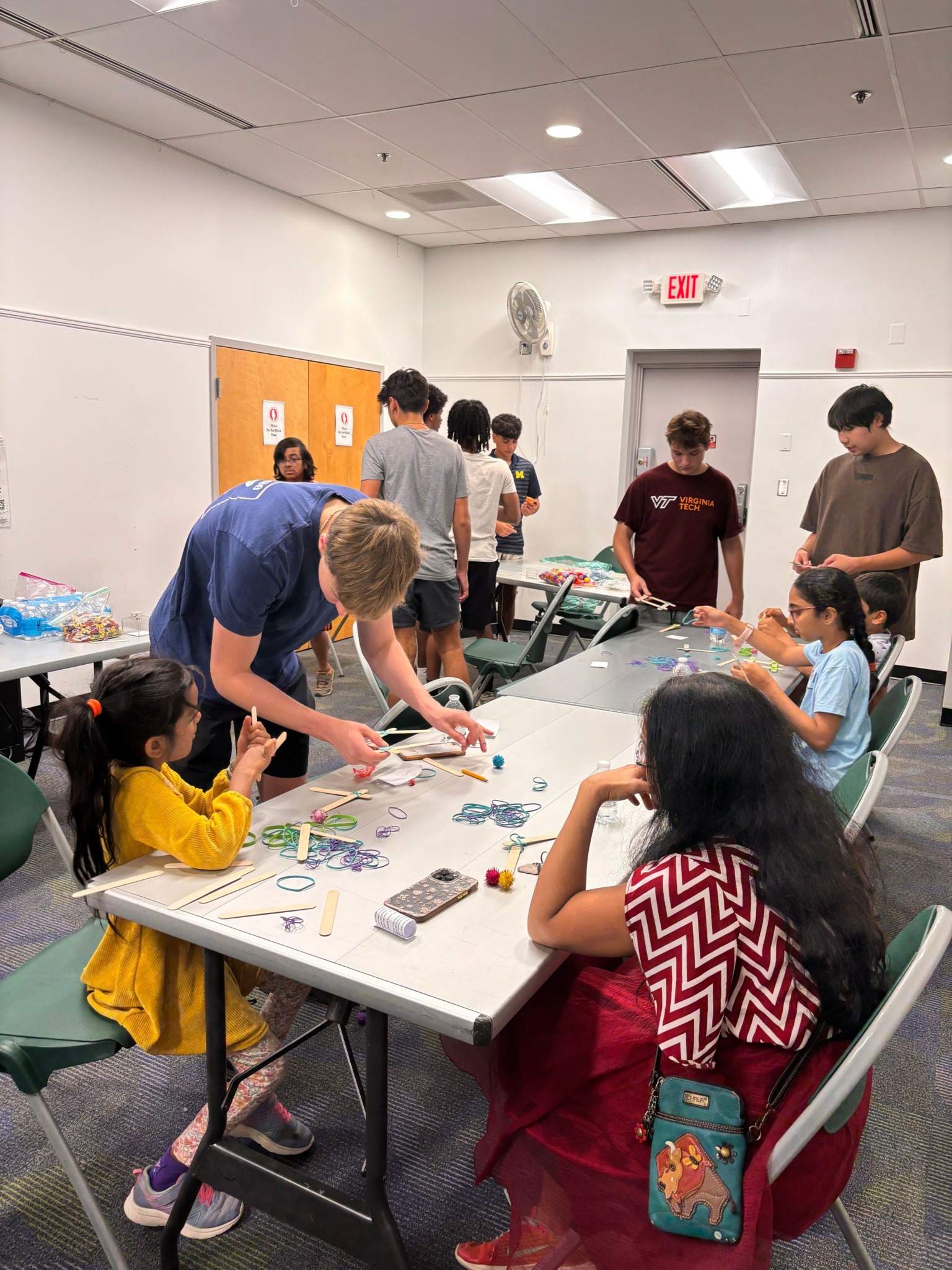
Image Credits
STEM2Youth Team


